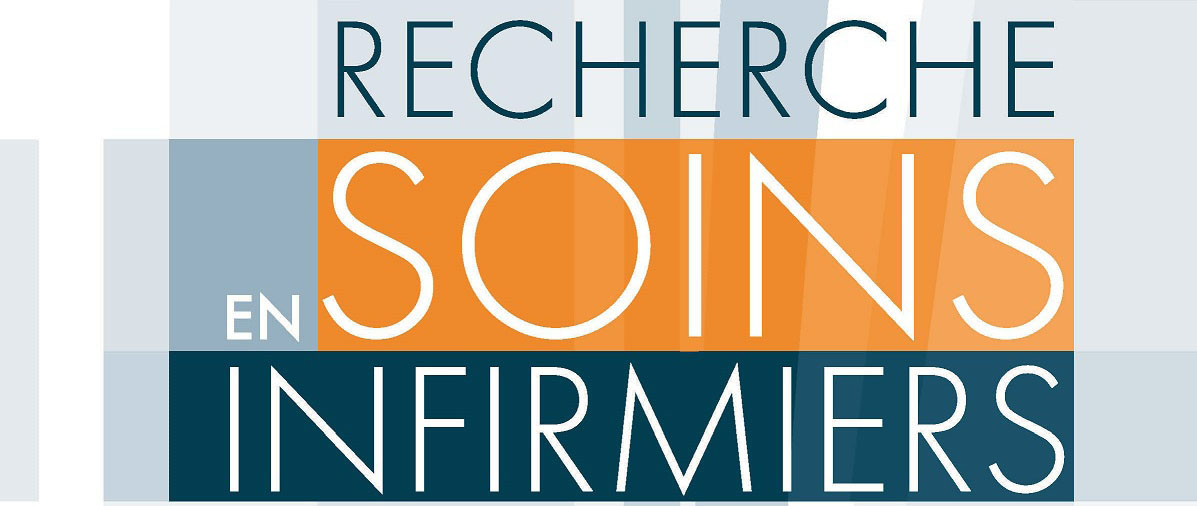Pain in vegetative state patients: Current status and critical reflections
Introduction: According to experts, vegetative state (VS) patients are unable to perceive pain. Background: A large number of nurses still believe that VS patients can perceive pain and are uncomfortable when pain is not treated. Aim: To identify the criteria used in clinical practice and in research to detect the presence or the absence of conscious perception of pain in VS patients. Procedure: An integrative review exploring the MEDLINE, CINAHL and Cochrane databases was conducted. Results: A total of four clinical articles and seven empirical studies were included. According to them, patients in VS may exhibit reflexes (e.g.: clenching their fists) when exposed to an external stimulation such as a painful stimulus or a verbal command. However, no voluntary reaction such as localization of the painful stimulus should be observed in VS patients, otherwise the diagnosis must be questioned. When exposed to an external stimulation, use of functional neuroimaging techniques (fMRI or PET scan) in VS patients can be used to detect brain activation in the primary cortical areas, the associative cortical areas, and also in the connections between the two. These techniques may allow the identification of objective signs of consciousness that were not detected at the bedside. Discussion: The assessment of behavioral reactions is complex and greatly subjective in VS patients. The role of the associative areas in the process of pain perception is still poorly understood. Conclusion: Because of this incomplete picture of pain perception in VS patients, many experts recommend prophylactic treatment of pain in this population.
Key words
- pain
- disorders of consciousness
- vegetative state
